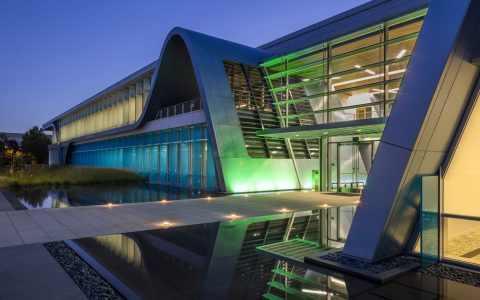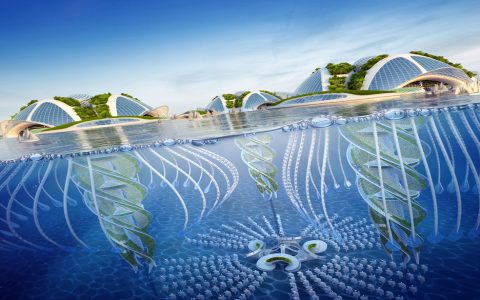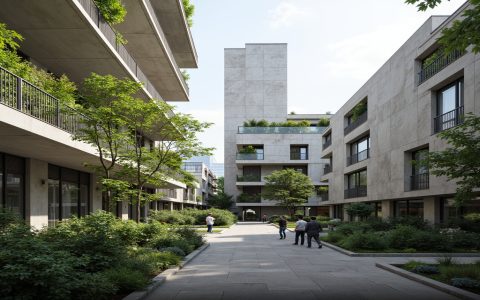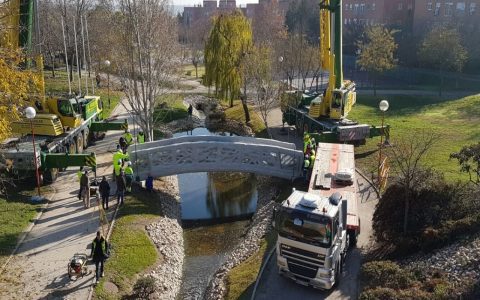The landscape of campus architecture is undergoing a paradigm shift, driven by evolving pedagogies, technological advancements, and heightened focus on sustainability and well-being. Key innovations shaping the future of college design include:
Agility and Pedagogical Shifts
- High-Flexibility Learning Hubs: Fixed classrooms are giving way to adaptable spaces with movable walls, reconfigurable furniture, and multi-zone acoustics, supporting collaborative, project-based, and hybrid learning seamlessly.
- Blurring Boundaries: Design encourages informal learning spillover into lounges, cafes, and corridors, fostering serendipitous interaction and continuous engagement.
- Advanced Simulation Environments: Disciplines like healthcare and engineering utilize immersive labs (VR/AR, high-fidelity simulators) demanding specialized infrastructure and power/tech integration.
Sustainability as a Core Principle
- Net-Zero Energy & Carbon Targets: Campuses lead with mass timber construction, advanced facades for daylight optimization (>70%), and on-site renewables integrated into building form.
- Regenerative Water Systems: Campus-wide implementation of rainwater harvesting, greywater reuse, and integrated natural stormwater management features.
- Lifecycle Assessment (LCA): Mandatory use in material selection, prioritizing low-embodied carbon options and designing for disassembly/reuse.
Technology-Enabled Infrastructure
- AI-Optimized Building Management: Real-time data analytics (IoT sensors) dynamically control HVAC, lighting, and space allocation based on occupancy and environmental conditions.
- Robust Ubiquitous Connectivity: Designing for seamless 5G/WiFi 6/7 coverage, abundant power access everywhere, and supporting bandwidth-intensive applications campus-wide.
- Digital Twins for Operations: Campuses deploy virtual replicas of physical assets for predictive maintenance, energy optimization, and emergency management.
Wellness and Inclusive Design
- Biophilic Integration: Strategic use of natural light, ventilation, vegetation (living walls), and natural materials to reduce stress and enhance cognitive function.
- Neurodiverse & Universal Design: Sensory-inclusive spaces (quiet zones, varied lighting), intuitive navigation, and flexible furniture cater to diverse physical and cognitive needs beyond mere code compliance.
- Resilience and Safety: Design incorporates passive survivability features for climate events and pandemics, alongside layouts enhancing natural surveillance and emergency response.
These innovations converge to create campuses that are not just containers for learning, but dynamic, sustainable, resilient ecosystems actively supporting student success, faculty collaboration, and institutional mission in the 21st century.







